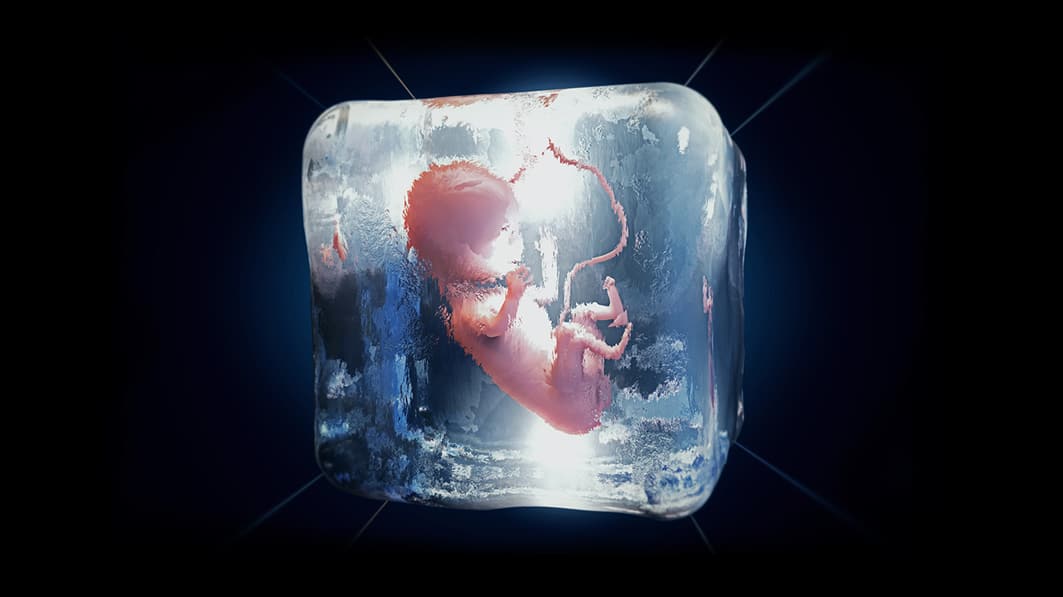A newer option available to parents – and one that is especially attractive to infertile couples – is embryo adoption.
Couples who choose in vitro fertilization often create more zygotes than are used, and those zygotes are subsequently frozen and stored. The genetic parents can choose to place these zygotes for adoption, making them available to prospective parents through an embryo adoption agency. They are then implanted into the adoptive mother’s uterus, making her also the legal birth mother – able to experience pregnancy and childbirth.
A Continuum of Options
Another factor to consider when looking into adoption is open versus closed adoption. In a closed adoption, the birth and adoptive families have no contact with one another and don’t even know each other’s identities. The various levels of open adoption include contact only before and at the birth of the baby; the sharing of letters and pictures, often facilitated through the agency or other third party; or ongoing direct contact between the birth and adoptive families.
It’s important to evaluate the needs of the child when determining just how open an adoption should be. In some situations, it may not be healthy for a child to maintain contact with the birth family if, for example, they are a negative influence on the child or fail to respect the rights of the adoptive parents.
International adoptions are nearly always closed, as many of the children involved have been orphaned by death or abandonment.
Where is God Calling You?
No matter what type of adoption you choose, it’s important to take time as a family to evaluate whether you are able to meet the child’s needs – emotional, medical, physical, cultural, etc. Set aside time to talk and pray together about the changes your family will need to make. Attend counseling and support groups, and be sure to ask for help when necessary.
Once you’ve made the decision to pursue adoption, be sure to talk with other adoptive families as well as those who’ve used the same agency you’re considering. Then, begin praying about the specific child God wants to bring into your family and prepare to welcome him or her home!
While not every family is called to adopt, everyone can play a role through prayer support, mentoring, giving or mobilizing the church. Learn more about how your church can wrap around adoptive families at iCareAboutOrphans.org.
What Happens When No One Comes?
Each year, as reported by the Adoption and Foster Care Analysis and Reporting System, more than 22,000 youth “age out” of the U.S. foster care system at age 18 without an adoptive family.
While states are required to equip youth for this transition with “independent living” services, few of them are truly prepared for life on their own. Many youth have not completed high school and also lack adequate employment and a place to live. They still need caring adults who will assist them in accessing educational opportunities, housing and health care.
A study of some 600 youth who aged out of the child welfare systems of three different states found that former foster youth are more likely than their peers to be unemployed and have experienced homelessness. More than 75 percent of the young women had been pregnant since exiting foster care, nearly 60 percent of the young men had been convicted of a crime, and more than 80 percent had been arrested. Only 6 percent, meanwhile, had earned a two- or four-year college degree. You can obtain a copy of the full study.
Ask Yourself
There could be a child out there who needs you desperately. You could be the one to make a difference in his or her life. God may have a new adventure in store for your family.
Be open. Follow where God leads. Simply be willing to ask Him, “Do You want to use the blessing of our family on behalf of a child without one?”



















